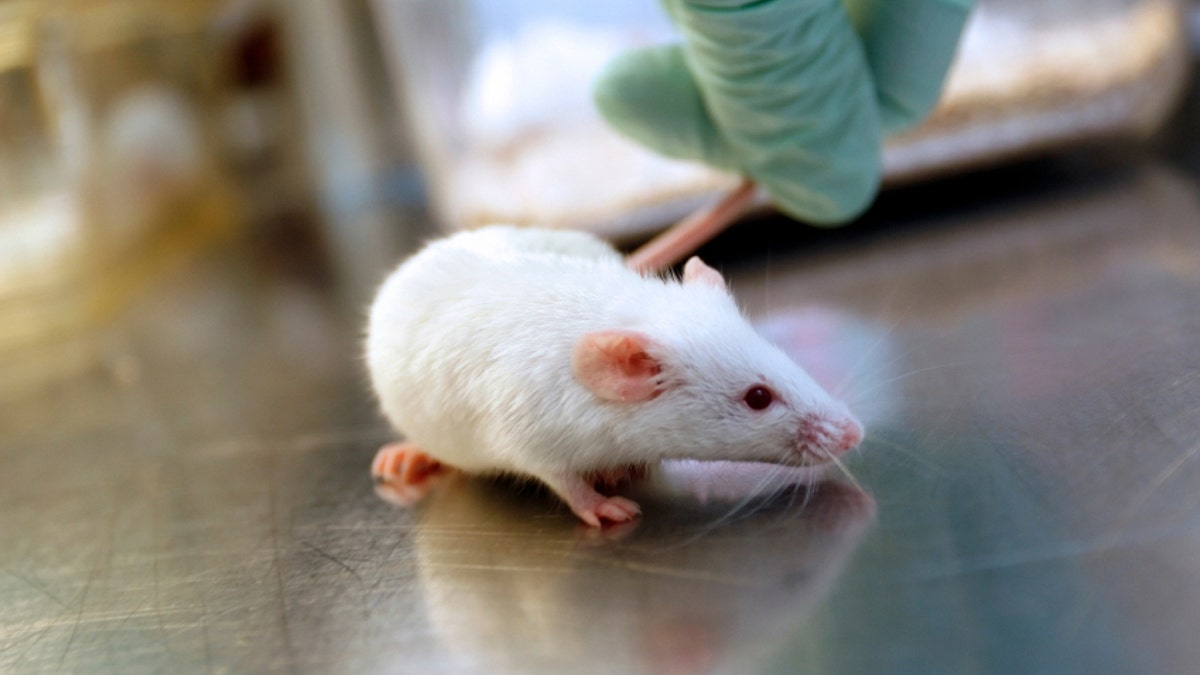
Scientists are closer to identifying a possible new therapy for glaucoma after partially restoring vision in mice with characteristics that resembled the eye disease. Glaucoma, which is caused by excess pressure on the optic nerve, is the second leading cause of blindness and affects an estimated 70 million people. It has no cure.
In what study authors called a scientific first, lead researcher Dr. Andrew Huberman, associate neurobiology professor at Stanford University, and other authors from Harvard University and Utah State University prompted optic-nerve cables to regenerate after being completely severed. Optic nerves send visual information from the eye to the brain, and Huberman and his team also identified the nerves’ former pathways to restore these connections.
Permanent vision loss occurs when there’s damage to retinal ganglion cells’ axons, but in the study, researchers attempted to trigger the regrowth of these axons to reverse the disease, according to a news release. They did that by either exposing the mice to high-contrast visual stimulation or manipulating them biochemically to kick a pathway important for brain cell regeneration into gear, or both.
Three weeks after the tests, researchers analyzed which method worked best. Individually, each approach resulted in modest axonal regrowth, but when the techniques were combined, researchers observed a greater restoration of eye-to-brain connections, according to the release. Once partially blind, the mice could see again.
Although the mice saw better after the combined therapy, they didn’t pass every visual test that researchers administered. Huberman and his team plan to study axons stemming from subtypes of ganglion cells to try to repair remaining damage between the eye and brain.
Researchers’ findings were published Monday in the journal Nature Neuroscience.